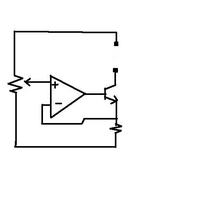viperpaki007
Full Member level 5
Hi,
Throughout the elementry electronics text we come across the term current source. I have never seen a current source in real life....so can anybody elaborate what actually a current source is and what sources in real life can be regarded as current source...Whats the physical significance of current source and how it is different from voltage source...
thanks
Throughout the elementry electronics text we come across the term current source. I have never seen a current source in real life....so can anybody elaborate what actually a current source is and what sources in real life can be regarded as current source...Whats the physical significance of current source and how it is different from voltage source...
thanks
